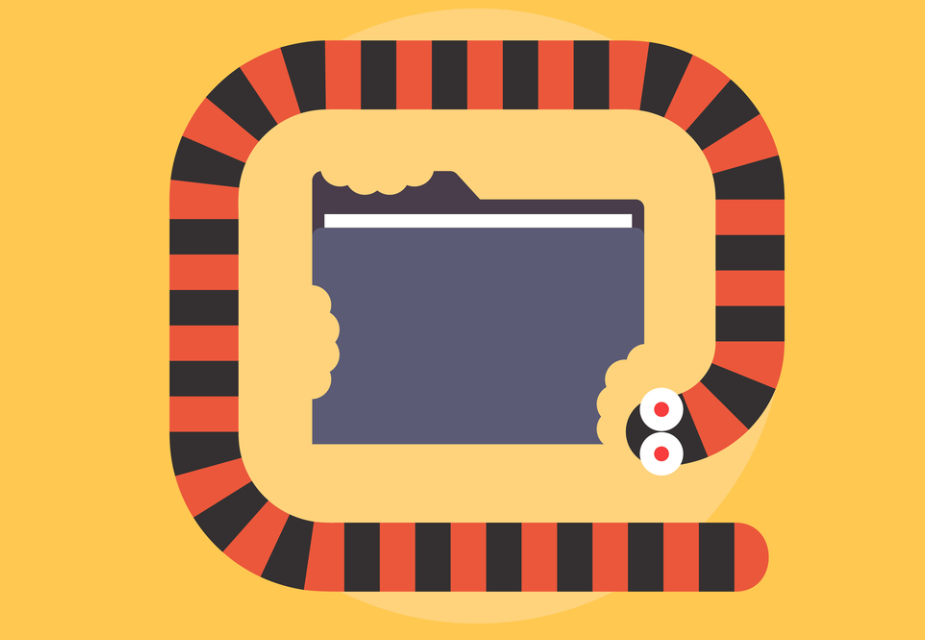Elder statesman of system software makes a shocking revelation:
Thompson replies:
I have for most of my life – because I was sort of born into it – run Apple. Now recently, meaning within the last five years, I’ve become more and more and more depressed… And what Apple is doing to something that should allow you to work is just atrocious… But they are taking a lot of space and time to do it, so it’s okay. And I’ve come, within the last month or two, to say: even though I’ve invested a zillion years in Apple, I’m throwing it away, and I’m going to Linux. To Raspbian, in particular.
Source: UNIX co-creator Ken Thompson is… a what user? • The Register
This article is a fantastic summary of the public highlights of this living legend of computer science. I, too, fear that Apple is transforming their general purpose macOS computers into walled-garden computing appliances like iPhones and iPads. I have lamented the switch to locked-down bootloaders, but… dang if it doesn’t basically prevent theft of Apple devices (almost) outright, whatever the security and privacy considerations.
I, too, will switch to Linux, if that day ever arrives. I suspect a lot of people will do the same, particularly the cohort of developers that does not use macOS to write iOS software. When last I left Linux, I would still have given it the edge in web application development, and non-iOS/non-Widows development in general. The problem now, of course, is that my entire life is now contained within my Apple ID. That’s how they get you, and they know it.
This all makes me want to try some current version of Linux now, and see how much of my workflow I could do on it, and what I would lose. Unfortunately, the bottom line is how well a MacBook works with its own hardware, especially things like power saving and dealing with the lid and external monitors, and how it works with all of the other devices: phone, tablet, watch, video device, “pod,” tags, and especially iMessage. This alone “covers a multitude of sins,” but Apple should know that the integration benefits have limits, and chief among them is the ability to do our information technology jobs the way we want to, with the applications and environments we find best. Take those choices away from us, and it will be a line that we cannot cross.

